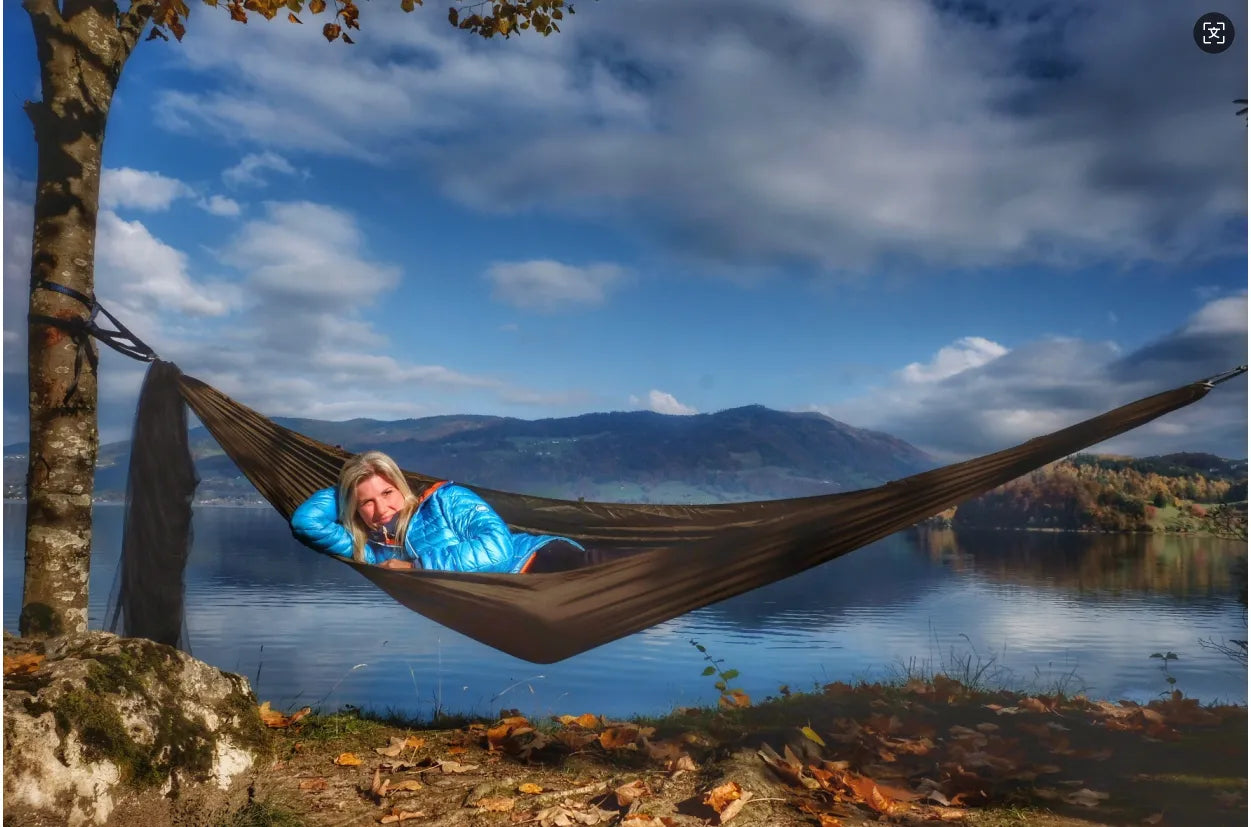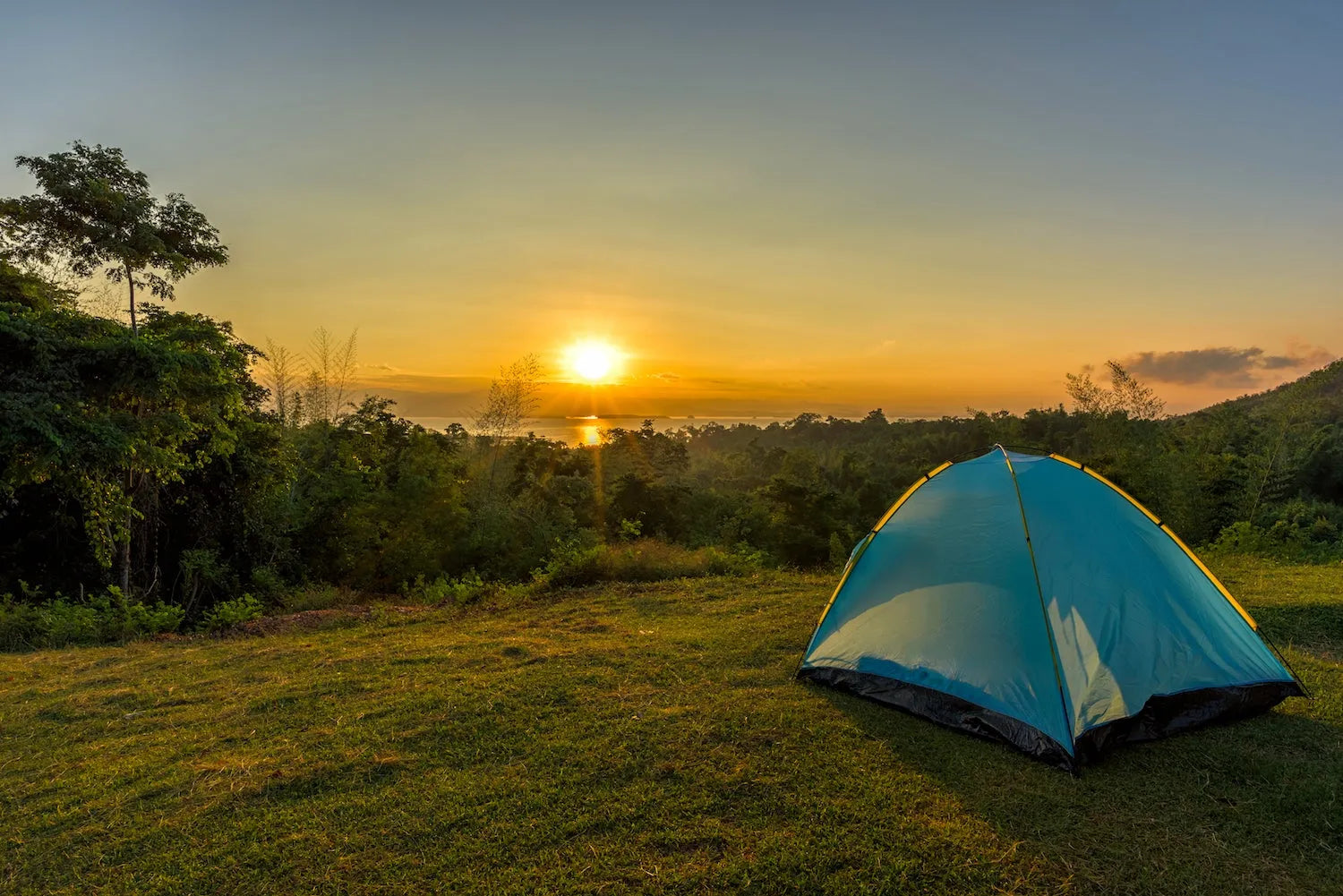Tents and hammocks are common camping gear, but for adventurers prioritizing minimalism and preparedness, survival shelters are gaining popularity.
Lightweight survival shelters, like OneWind's 20D ultralight silnylon models, offer a unique blend of portability, protection, and versatility. This guide explores the benefits and applications of survival shelters, showing why they might be perfect for your outdoor pursuits.
What is a Survival Shelter?
A survival shelter is a lightweight, packable shelter providing temporary protection from the elements. Unlike traditional tents, survival shelters prioritize minimal weight and pack size, ideal for backpacking, trekking, and emergencies. Constructed from durable, weather-resistant materials like silnylon (OneWind uses 20D ultralight silnylon for excellent performance without added weight), they balance strength and lightness.
Benefits of Lightweight Survival Shelters:
Connection with Nature:
Some adventurers prefer the more immersive experience that a shelter offers, as it provides a closer connection to the natural environment compared to the complete enclosure of a tent.
Skill Development:
Building and using a survival shelter requires knowledge of basic survival skills, which appeals to adventurers who want to enhance their self-reliance and preparedness.
Lightweight and Packable:
Survival shelters are typically much lighter and more compact than traditional tents. This is crucial for adventurers who want to minimize their load and move efficiently in the wilderness.
Multiple Configurations:
Despite being lightweight, they can be pitched in different configurations,adapt to different terrains and weather, optimizing protection and comfort and maximize protection from wind, rain, or sun.
Versatile:
Versatility is key for hikers. A shelter that doubles as a raincoat, backpack cover, ground sheet, or extra tarp is invaluable.
Rapid Setup:
Designed for quick and easy setup, even in challenging conditions, crucial in emergencies.
Emergency Preparedness:
Essential for any outdoor enthusiast, especially in remote areas, providing a safety net against unexpected weather, injuries, or getting lost.
Minimal Impact:
For Leave No Trace advocates, survival shelters offer a lower-impact alternative to tents, minimizing environmental disturbance.
Applications of Survival Shelters:
Backpacking & Trekking: Significantly reduces pack weight and bulk, increasing efficiency.
Mountaineering & Alpine Climbing: Provides crucial protection in rapidly changing alpine conditions.
Emergency Situations: Vital emergency gear for any outdoor adventure, offering protection in unexpected situations.
Overnight Bivouacs: A comfortable and safe haven for planned or unplanned overnight stays.
Ultralight Camping: A primary camping setup for those minimizing gear.
Survival Training: A valuable skill for wilderness survival enthusiasts.
Choosing the Right Survival Shelter:
Consider these factors:
Size & Capacity: Accommodate your group comfortably.
Material: Durable, weather-resistant materials like silnylon (e.g., OneWind's 20D ultralight silnylon).
Weight & Pack Size: Prioritize lightweight and packable options.
Ease of Setup: Quick and easy pitching, even in challenging conditions.
Onewind Outdoors survival shelter provides protection to those who are in need of it. It is made of high-quality material that can withstand the elements and provide years of use.
Survival shelters are part of the camping gear that is essential for any outdoor adventure. A survival shelter is a basic structure that provides protection from the environment.
The advantages of using a bushcraft survival shelter in camping are many. They provide protection from rain, wind, and snow, they can be used as a base camp as well, and they are easy to set up and take down if necessary.




